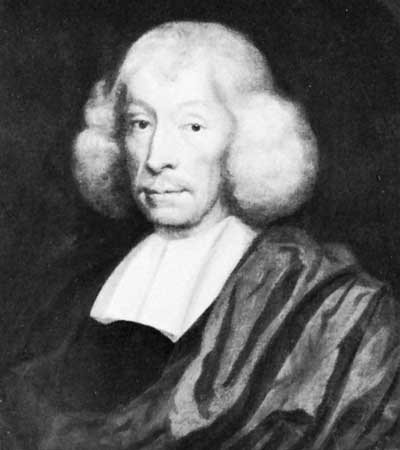| Animals World |
|
|
John RayBorn: November 29, 1627; Black Notley, Essex, England Died: January 17, 1705; Black Notley, Essex, England Fields of study: Environmental science, systematics (taxonomy) John Ray’s father was the village blacksmith and his mother was an herbalist and healer. Her influence probably stimulated Ray’s early interest in the medicinal virtues of plants. Ray (who also spelled his surname “Wray” until 1670) attended the grammar school in nearby Braintree. In 1644, he matriculated at St. Catherine’s Hall, at the University of Cambridge, with the aid of a fund that had been established for needy scholars. He transferred to Trinity College in 1646. Ray earned his bachelor’s degree in 1648 and was elected to a fellowship at Trinity in 1649. Ray took holy orders in 1660, but he lost his fellowship in 1662 because, as a Puritan, he refused to subscribe to the Act of Uniformity, which required all clergy to take an oath of canonical obedience. Ray became totally dependent on the generosity of friends, who allowed him to spend the rest of his life studying natural history and writing numerous books. Ray was elected to the Royal Society in 1667. In 1660, Ray published a catalog of the plants that grewin the vicinity of Cambridge. This led to studies of other areas in Britain. During an expedition to Wales and Cornwall in 1662, Ray entered into a partnership with his friend and pupil FrancisWillughby (1635-1672). The two naturalists shared the goal of conducting a comprehensive study of the natural history of all living things. Ray agreed to catalog the plant kingdom whileWillughby investigated the animal kingdom. From 1663 to 1666, Ray andWillughby enhanced their knowledge of flora and fauna while touring the European continent. When they returned to England, they began composing a series of books describing the entire animal and plant kingdoms. Ray published a Catalogus Plantarum Angliae (a catalog of English plants) in 1670. Unfortunately Willughby died only two years later. Ray published F. Willughbeii . . . Ornithologia (1676; the ornithology of F. Willughby) and F. Willughbeii . . . de Historia Piscium (1685; history of the fishes), listingWillughby as the author, even though Ray had done much of the work. Ray’s Methodus Plantarum Nova (1682; a new method of plant classification) established the taxonomic importance of the distinction between monocotyledons and dicotyledons. Ray’s most important contribution to botany was his three-volume Historia Generalis Plantarum (1686- 1704; a general history of plants). In this work Ray established the species as the ultimate unit of taxonomy. Ray suggested that a breeding test could be used to determine whether plant specimens were members of the same species. Urging naturalists to aspire to amore sophisticated and natural system, he attempted to incorporate all structural characteristics, including internal anatomy, into his taxonomic system. Although Ray’s system of taxonomy was not truly natural, it did approach that goal more closely than a strictly artificial system like that of Carolus Linnaeus. Another example of Ray’s cataloging tendencies was his Collection of English Proverbs Digested into a Convenient Method for the Speedy Finding Any One upon Occasion (1670), an early example of folklore research which was probably intended to assist clergymen in the writing of their sermons. This book was still forming the basis of English proverb collections into the late nineteenth century. Ray’s work in the fields of natural history and folklore illustrates the permeable boundaries between disciplines of his age. In the 1690’s, Ray published several books on religion. This was not really a departure fromhis scientific work because Ray always believed that his taxonomic studies reflected the order and purpose inherent in God’s design. The Wisdom of God Manifested in the Works of the Creation (1691) was Ray’s most popular and influential book. Indeed, the period between the publication of The Wisdom of God and On the Origin of Species (1859) saw the flowering of an approach to science known as natural theology, largely based on Ray’s work. |
|
Copyright 2016 |
|
